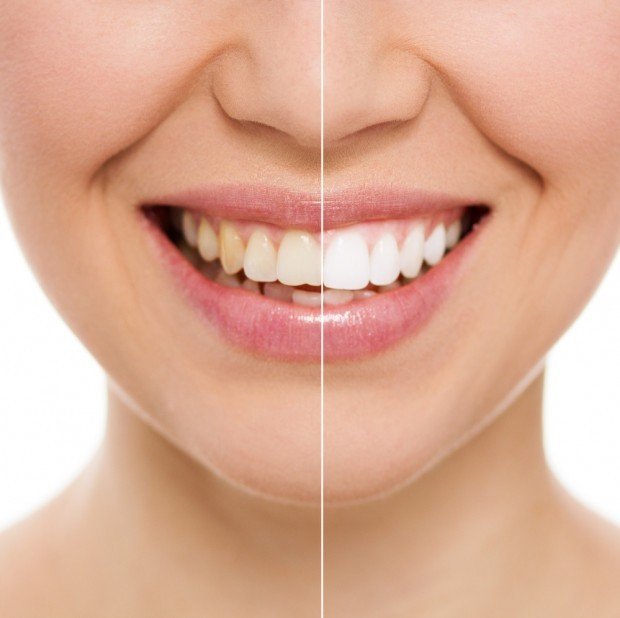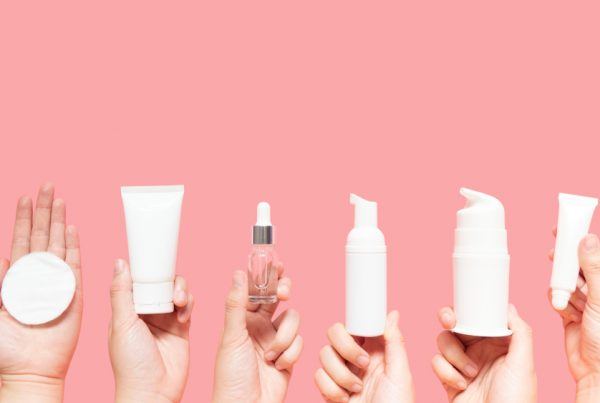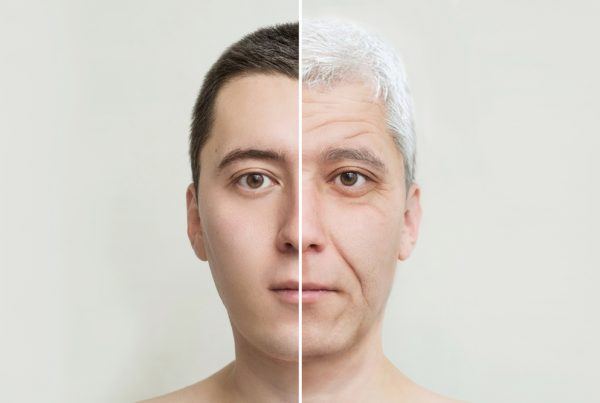When repairing or enhancing your front teeth, dental crowns and veneers offer substantial benefits. However, veneers and crowns serve two very different functions and aesthetic purposes. Dental crowns are intended to cover or replace the entire tooth, whereas veneers are intended to cover only specific tooth surfaces.
The choice between crowns and veneers
Choices between crowns and veneers for front teeth will vary for each individual. The most important component will depend on whether your tooth is healthy or merely requires an aesthetic enhancement. Many dentists see dental crowns as “restorative repairs” that serve as a replacement for broken or missing teeth, but veneers are an excellent cosmetic option.
When your dentist informs you that you require dental work and explains your options, it’s best to be prepared with prior knowledge. Therefore, if you are deciding between a dental crown and a veneer, it is essential to understand what veneers and crowns are, their benefits, and how each can improve your smile and teeth function. Longevity Live Paid Content.
Understanding the Difference Between Veneers and Crowns
Are you considering a makeover for your smile? Are your front teeth chipped, missing, or discolored? Depending on the extent of the damage, the health of your natural teeth, and whether it concerns your front teeth, you can choose between a dental crown and porcelain veneers.
Dental Veneers
Porcelain veneers are elective cosmetic repairs applied to teeth. Some people prefer to have dental veneers to make their smiles look nicer. They conceal the natural teeth behind them, instantly enhancing the appearance and color of the enamel. Some people equate veneers to false fingernails because they modify the appearance of the natural tooth by covering it.
Others assert that veneers are comparable to a thin shell that covers the front of your teeth. Both comparisons are realistic and give you a sense of how your natural tooth is covered on the front, with the veneer hiding what lies beneath. Porcelain, no-prep, or composite veneers are the three available varieties.
For most smile makeovers, porcelain is the material of choice due to its superior durability and aesthetics.
The Benefits of Veneers
- A brighter smile – say goodbye to discoloration or tooth stains.
- Increased confidence – no need to worry about gaps or chips on your teeth.
- Long-lasting solution – can last a long time with proper care.
- Easy implementation – it’s a non-invasive procedure.
- Natural appearance – they look like real teeth.
Dental Crowns
If your tooth is too severely damaged to be repaired with a filling, your dentist will use a dental crown to restore it. Since they go over and around your teeth, they help to strengthen any weak or damaged tissue beneath. They distribute pressure so that regular biting and chewing can occur. Usually, it is only a matter of time before a weakened tooth deteriorates further in the absence of a crown.
There are numerous alternatives available for dental crown designs. If it is a same-day design, most crowns on front teeth will likely be made of complete porcelain or zirconia (an extremely durable ceramic) or perhaps carved from a solid ceramic block.
The Benefits of Crowns
-
- A permanent solution – can last a lifetime if cared for properly.
- Teeth restoration – regain your smile and eat your favorite foods again.
- Durable materials – commonly made from porcelain, zirconia, resin, and ceramics.
- Custom-made – they match your surrounding teeth and their color.
- Versatile solution – for decayed teeth, fractured teeth, or chipped teeth.
Similarities Between Dental Crowns and Veneers
Because both veneers and crowns have a similar effect on your smile, it isn’t easy to distinguish between them once they’ve been applied. Care for veneers and crowns will be practically identical. As with the rest of your teeth, you must floss and brush them twice daily to remove food particles.
Which Dental Option is Best for Me?
If a tooth is severely damaged, has a large filling, or has undergone a root canal, dental crowns are often the best option because the tooth enamel is compromised and requires greater protection. In contrast, porcelain veneers are ideal for solely cosmetic purposes. If your tooth is largely intact and requires minor shape correction or cosmetic enhancement, your dentist will likely suggest porcelain veneers.
Insurance Coverage Options to Keep in Mind
Dental crowns are more likely to be covered by insurance, whereas aesthetic veneers rarely are, which means that you will almost certainly have to pay for them out of your pocket. There are few instances in which the norm is broken, although these instances are extremely infrequent. And even if your dental insurance covers crowns, you will still need to consider your deductible, the amount of your co-pay, and the annual limit that your plan permits. In a nutshell, it is in your best interest to discuss the various means of payment available with your dentist.




![women [longevity live]](https://longevitylive.com/wp-content/uploads/2020/01/photo-of-women-walking-down-the-street-1116984-100x100.jpg)










